1. What is Vietnam's first World Cultural Heritage?
- Imperial Citadel of Thang Long
- Hoi An Ancient Town
- Hue ancient capital
- My Son Sanctuary
The Complex of Hue Monuments is Vietnam's first World Cultural Heritage, recognized by UNESCO in 1993. This is the only ancient capital that still preserves quite intact the overall architectural art of the royal court with a system of citadels, palaces, mausoleums, pagodas, etc.
Thus, Thua Thien Hue province is currently famous for its world heritages and regional heritages recognized by UNESCO, including: Complex of Hue Monuments (1993), Vietnamese Royal Court Music - Nha Nhac (2003), Nguyen Dynasty Woodblocks (2009), Nguyen Dynasty Royal Records (2014), Poetry and Literature on Hue Royal Architecture (2016), Plates cast on nine bronze cauldrons in Hue Imperial Palace (2024)...
2. The ancient capital of Hue was the capital of which feudal dynasty?
- Pear
- Bare
- Nguyen
- Lee
For nearly 400 years (1558-1945), Hue was the capital of 9 Nguyen lords in Dang Trong, the capital of the Tay Son dynasty and the capital of the unified nation under 13 Nguyen kings.
Under the Nguyen Dynasty, Hue was the capital for more than 140 years. The construction of Hue Citadel was started by King Gia Long in 1803 and completed in 1832, under the reign of King Minh Mang.
3. In which year was Thang Long Imperial Citadel recognized by UNESCO as a World Cultural Heritage?
- 1995
- 2000
- 2005
- 2010
With its rich history and cultural values, the Central Area of Thang Long Imperial Citadel was ranked as a Special National Monument in 2009. In 2010, Thang Long Imperial Citadel was added to the list of World Cultural Heritage by UNESCO, on the occasion of the 1,000th Anniversary of Thang Long - Hanoi (1010-2010).
The Imperial Citadel Heritage meets three criteria, including: the length of cultural history throughout 13 centuries; the continuity of the heritage as a center of power; diverse, rich, and vivid layers of relics and artifacts.
4. My Son Sanctuary is a temple complex of which culture?
- Care
- Khmer
- Flower
- Butt
My Son Sanctuary is a temple complex of the Cham culture, currently located in Duy Phu commune, Duy Xuyen district, Quang Nam province, about 69km from Da Nang city.
This is an important historical and cultural relic of the Cham people in Vietnam, including many temples and towers, located in a valley with a diameter of about 2km, surrounded by hills and mountains. In the past, My Son Sanctuary was the place where the Champa dynasties held ceremonies.
In 1885, the relic site was discovered by researchers and later recognized by UNESCO as a World Cultural Heritage in 1995.
5. What denomination of banknote is the Japanese Covered Bridge in Hoi An printed on?
- 5,000 VND
- 10,000 VND
- 20,000 VND
- 50,000 VND
The Japanese Covered Bridge in Hoi An appears on the 20,000 VND banknote of Vietnam. In 1990, the Japanese Covered Bridge was recognized as a National Historical and Cultural Relic. In 1999, UNESCO added the ancient town of Hoi An to the list of World Cultural Heritage. The Japanese Covered Bridge is part of this heritage complex.
Since its construction until the end of the 20th century, the Japanese Covered Bridge has been restored at least 7 times in 1763, 1817, 1875, 1915, 1962, 1986 and 1996.
In December 2022, the Japanese Covered Bridge continued to be renovated with careful preparation. After nearly 2 years of renovation, the restoration of the Japanese Covered Bridge was completed at the end of July 2024.
Source: https://vietnamnet.vn/dau-la-di-san-van-hoa-the-gioi-dau-tien-cua-viet-nam-2307956.html

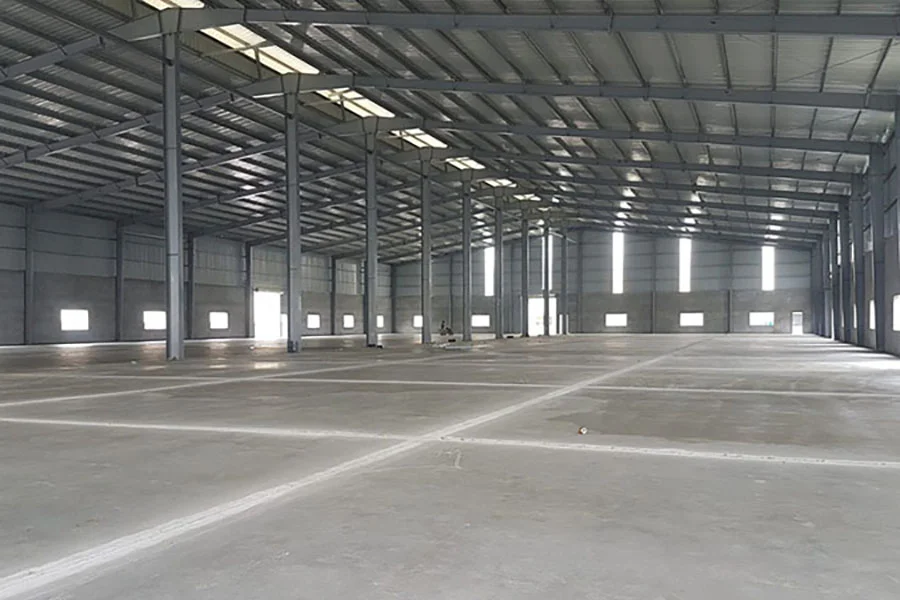


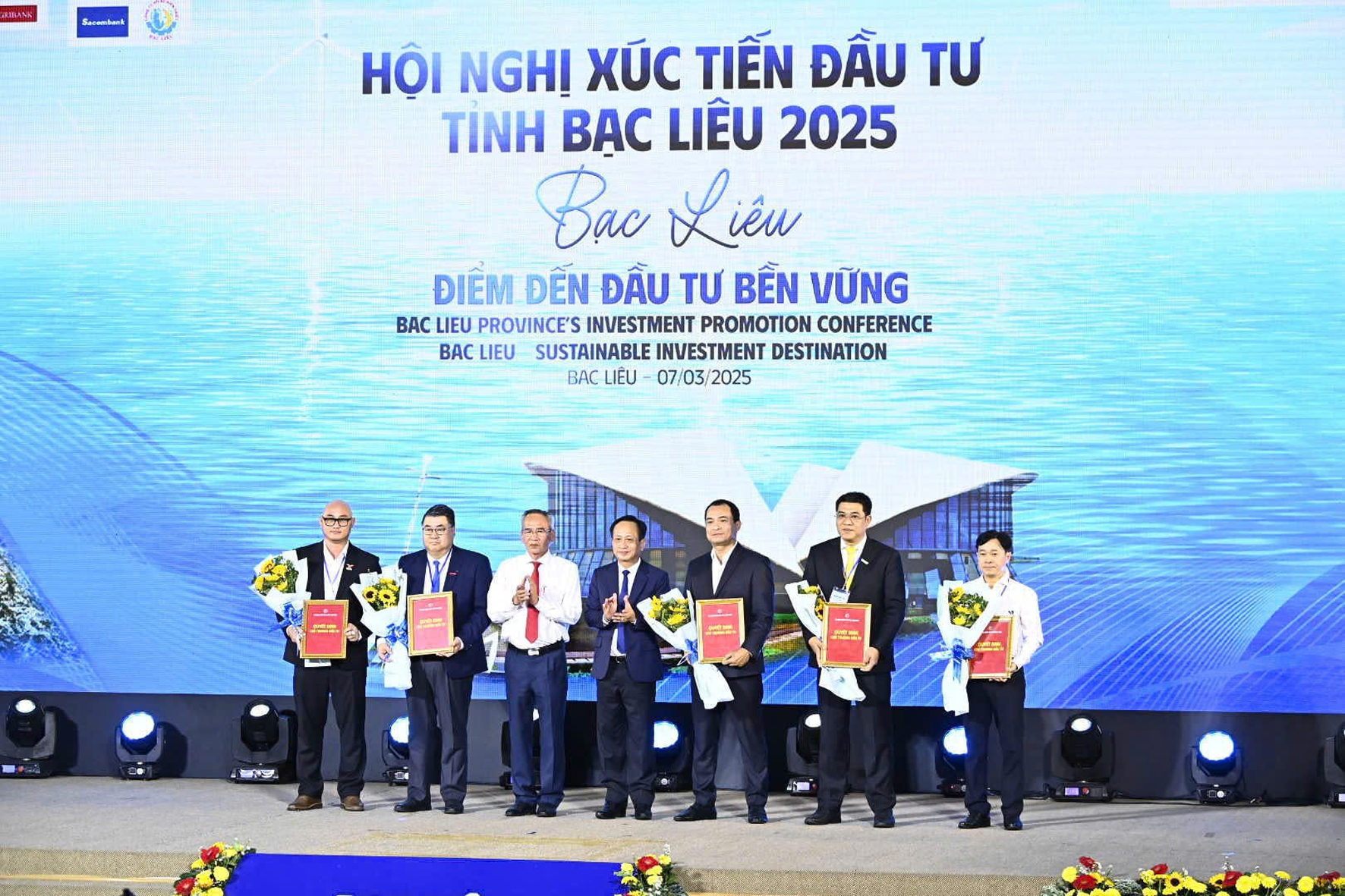



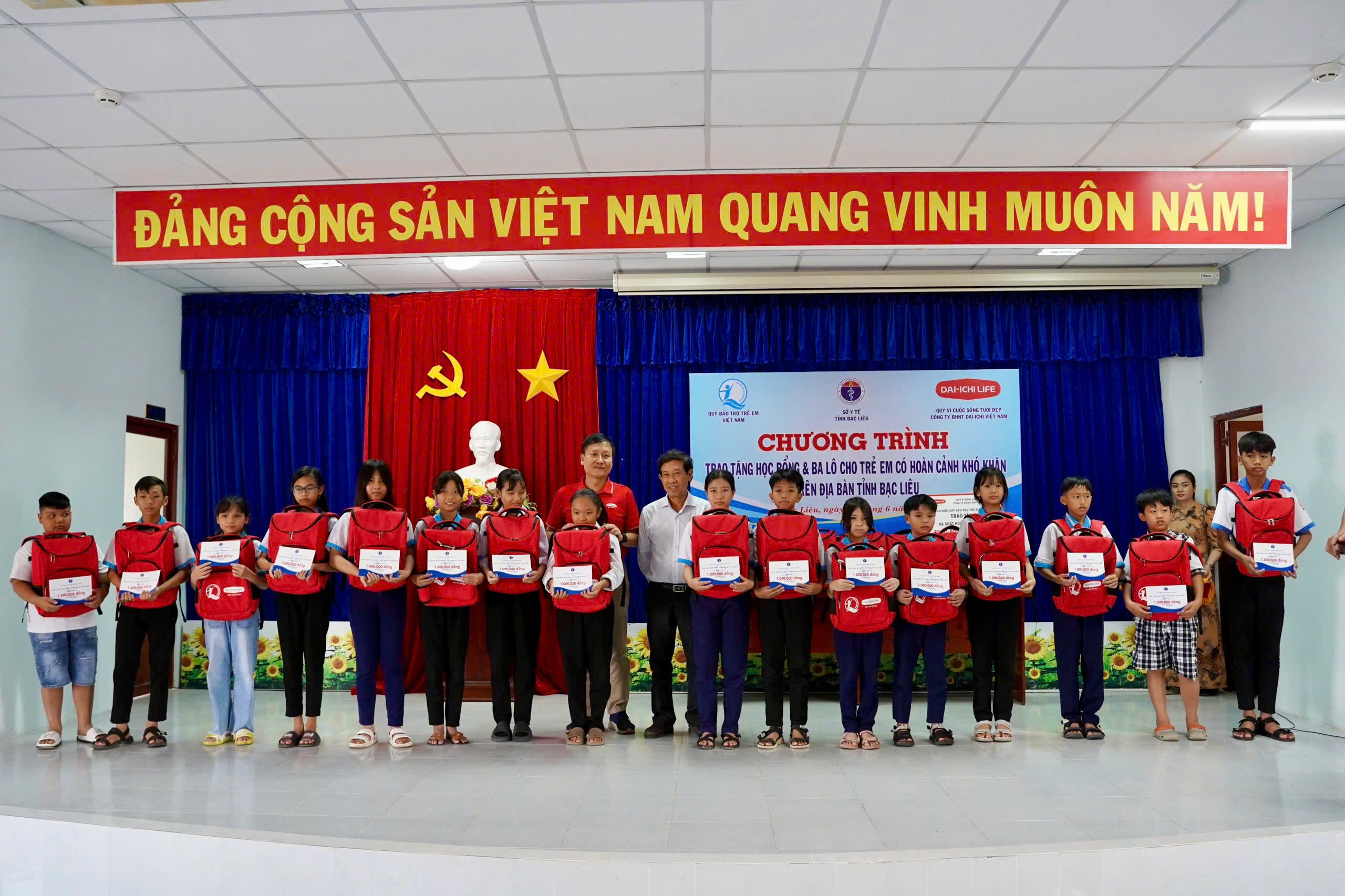













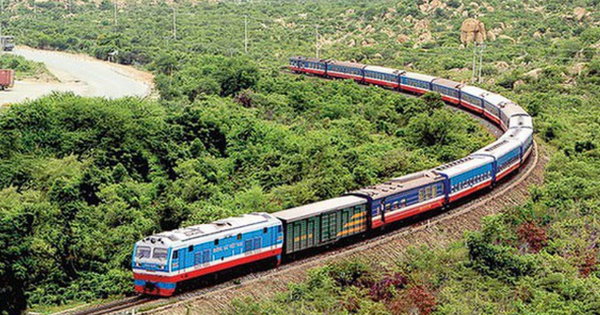






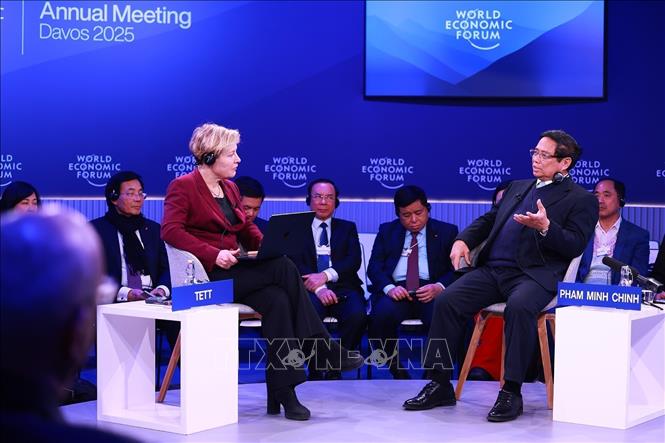

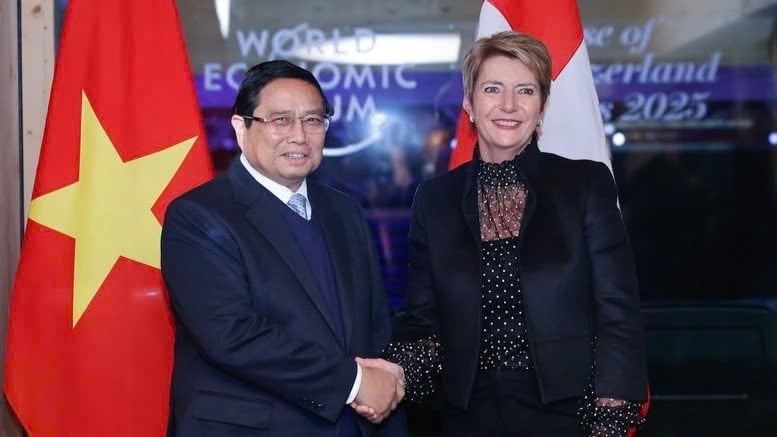







Comment (0)